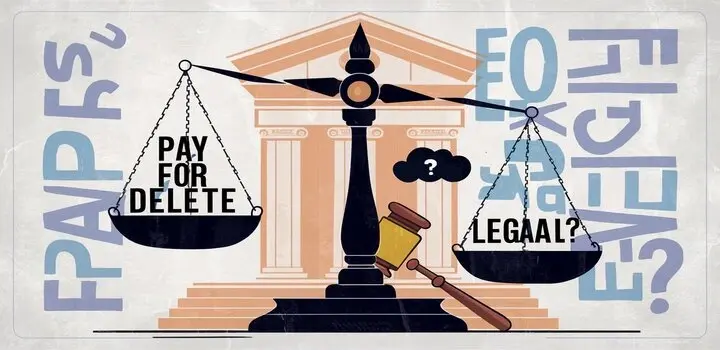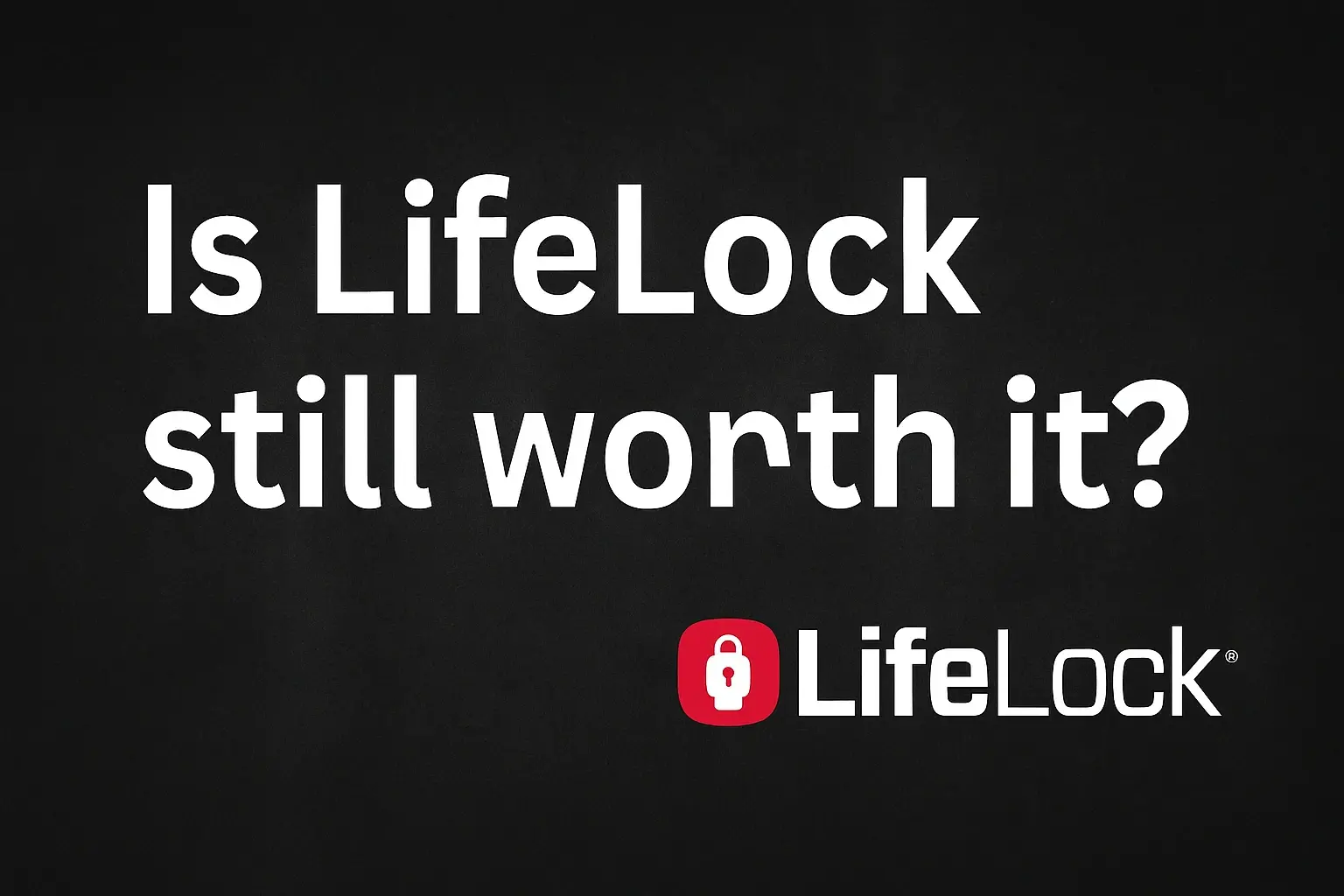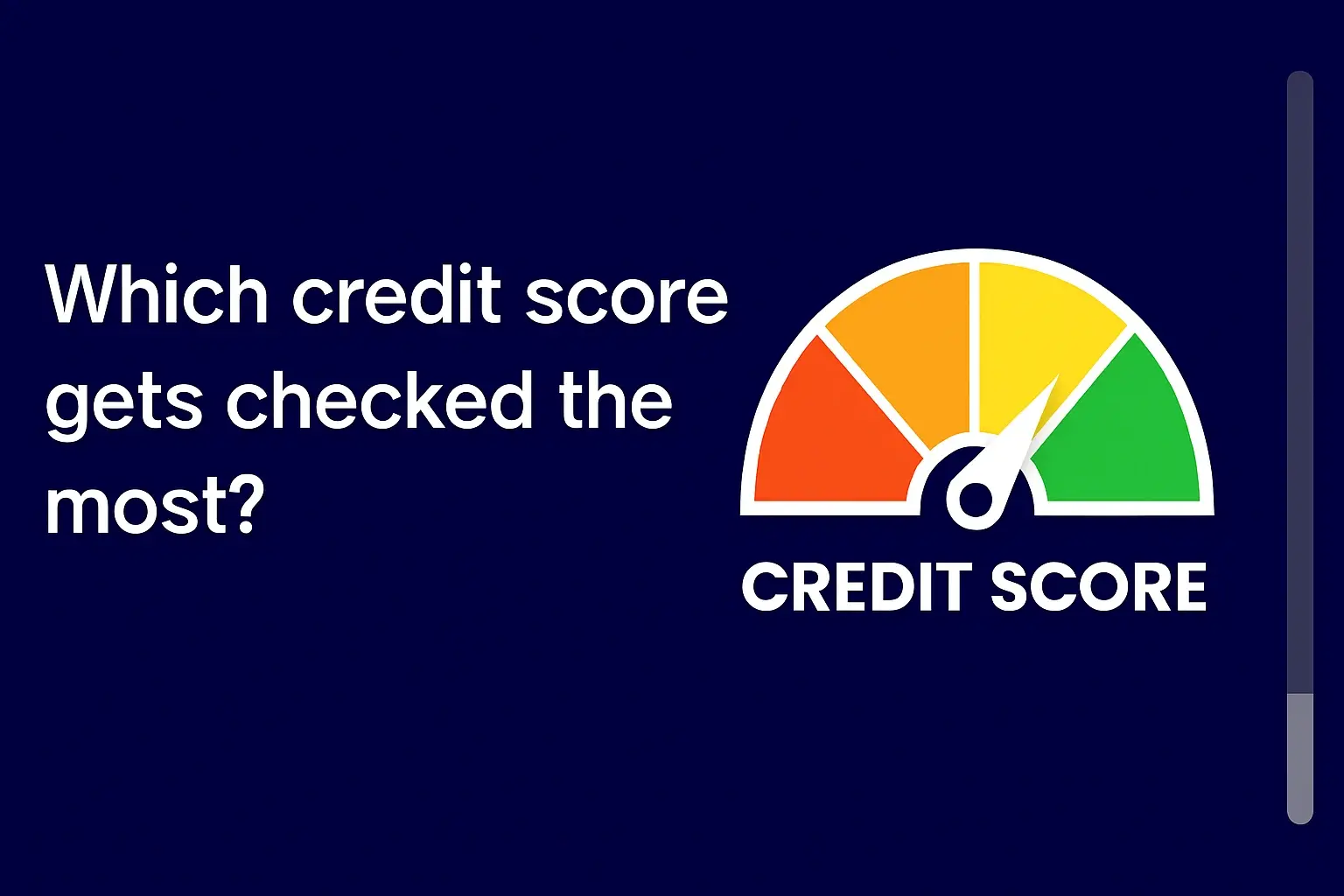Understanding Pay-for-Delete Letters
A pay-for-delete letter is a written agreement proposed to a creditor (typically a collection agency) in which you offer to pay a debt in exchange for the creditor removing the negative item from your credit report. The idea is that once you pay the debt, the negative mark will disappear, potentially boosting your credit score.
The concept seems straightforward enough. You owe money, the debt negatively impacts your credit, and paying it off and removing the negative reporting sounds like a win-win. However, the reality is often more complex, and the success rate of pay-for-delete letters is far from guaranteed.
The Appeal of Pay-for-Delete: Why People Use Them
The primary appeal of a pay-for-delete letter is the potential for rapid credit score improvement. Negative marks on your credit report, such as late payments, charge-offs, and collections accounts, can significantly lower your credit score. Removing these negative items could lead to a quicker recovery than waiting for them to naturally age off (which typically takes 7 years).
Here's why someone might consider this strategy:
- Improve Credit Score Quickly: Needed for a mortgage, car loan, or other financing.
- Qualify for Better Interest Rates: A higher credit score translates to lower interest rates on loans and credit cards.
- Remove Barriers to Housing or Employment: Landlords and employers often check credit reports.
- Feel a Sense of Control: Taking active steps to repair credit can be empowering.
Why Pay-for-Delete Letters Are Often Unsuccessful
While the idea is enticing, several factors contribute to the low success rate of pay-for-delete letters:
1. Creditors Aren't Obligated to Agree
Creditors and collection agencies are not legally obligated to agree to a pay-for-delete arrangement. They have the right to report accurate information to the credit bureaus, even if you pay the debt. In fact, many creditors have policies against pay-for-delete agreements because it could be perceived as misreporting information.
2. Violation of Credit Reporting Agreements
Creditors have agreements with the major credit bureaus (Experian, Equifax, and TransUnion) to report accurate and consistent information. Removing a legitimate debt from a credit report simply because it was paid goes against the spirit, and potentially the letter, of these agreements. Doing so can lead to penalties or even loss of reporting privileges for the creditor.
3. Difficulty in Enforcing Agreements
Even if a creditor initially agrees to a pay-for-delete arrangement, there's no guarantee they'll follow through. Getting a written agreement is crucial, but enforcing it can be difficult and costly. You may need to pursue legal action, which can be expensive and time-consuming, and there's no guarantee you'll win.
4. Risk of Re-aging the Debt
Making a payment on an old debt can sometimes "re-age" it, restarting the statute of limitations for collection. This means the creditor could potentially sue you to collect the debt, even if it was previously too old to be legally pursued. This is a significant risk to consider.
5. Incentive for Scammers
The promise of quick credit repair can attract unscrupulous individuals and companies offering "guaranteed" pay-for-delete services. These scams often involve charging high fees upfront and then failing to deliver on their promises, leaving you with less money and no improvement to your credit.
6. Alternatives are Often More Effective
Other methods of credit repair, such as disputing inaccurate information or negotiating a debt settlement, can be more effective and less risky than relying on pay-for-delete letters. We will discuss these options in more detail later.
Crafting a Pay-for-Delete Letter: If You Still Choose To Try
Despite the risks, you might still choose to attempt a pay-for-delete agreement. If so, here are some guidelines for crafting a compelling letter:
1. Start with a Polite and Respectful Tone
Avoid being demanding or accusatory. Remember, you're asking for a favor, not making a demand.
2. Clearly State Your Offer
Be specific about the debt you're referencing (account number, original creditor, amount owed). Clearly state that you're offering to pay the debt in full (or a negotiated settlement amount) in exchange for the removal of the negative reporting from your credit report.
3. Emphasize the Benefits to the Creditor
Highlight how resolving the debt benefits them. This could include freeing up their resources or improving their recovery rate. Avoid mentioning anything about credit reporting laws, as this can put them on the defensive.
4. Set a Deadline
Give the creditor a reasonable timeframe to respond to your offer, such as 30 days.
5. Keep a Copy
Always keep a copy of the letter for your records.
Example Pay-for-Delete Letter Template:
[Your Name]
[Your Address]
[Your Phone Number]
[Your Email Address]
[Date]
[Collection Agency Name]
[Collection Agency Address]
Subject: Offer to Pay Debt in Exchange for Deletion of Credit Reporting
Dear [Collection Agency Representative],
I am writing to you regarding account number [Account Number], which I understand is for a debt owed to [Original Creditor] in the amount of [Amount Owed].
I am willing to pay this debt in full [or a negotiated settlement amount of [Settlement Amount]] in exchange for your agreement to remove all information regarding this account from my credit reports with Experian, Equifax, and TransUnion.
I understand that you are not obligated to accept this offer, but I hope you will consider it as a way to resolve this matter amicably and efficiently. Resolving this account will allow me to move forward financially, and it will also free up your resources to focus on other accounts.
I request that you respond to this offer within 30 days. If I do not hear from you within that timeframe, I will assume that you are not interested in pursuing this arrangement.
Thank you for your time and consideration.
Sincerely,
[Your Signature]
[Your Typed Name]
Important Note: This is just a template. You may need to modify it to fit your specific situation. Always consult with a qualified legal or financial professional for personalized advice.
Alternatives to Pay-for-Delete Letters
Given the low success rate and potential risks of pay-for-delete letters, exploring alternative credit repair strategies is often a more prudent approach:
1. Disputing Inaccurate Information
You have the right to dispute any inaccurate, incomplete, or unverifiable information on your credit report. This is often the most effective way to remove negative items. Review your credit reports carefully and identify any errors, such as incorrect account numbers, dates, or balances. Send a dispute letter to the credit bureau reporting the inaccurate information. They are required to investigate and remove the item if they cannot verify its accuracy.
2. Negotiating a Debt Settlement
Instead of offering a pay-for-delete, consider negotiating a debt settlement. Offer to pay a portion of the debt in exchange for the creditor marking the account as "paid in full" or "settled." While this will still appear on your credit report, it's generally viewed more favorably than an outstanding debt. This won't remove the negative mark, but it demonstrates that you are taking responsibility for your debts.
3. Paying Off Past-Due Accounts
While paying off a past-due account won't automatically remove it from your credit report, it can improve your credit score over time. Lenders see you as less risky if you are current on your obligations.
4. Credit Counseling
Nonprofit credit counseling agencies can provide valuable assistance with budgeting, debt management, and credit repair. They can help you develop a personalized plan to address your financial challenges and improve your credit score.
5. Secured Credit Cards
If you have damaged credit, a secured credit card can be a helpful tool for rebuilding your credit history. These cards require a security deposit, which serves as your credit limit. By making timely payments, you can demonstrate responsible credit behavior and gradually improve your credit score.
Conclusion: Proceed with Caution
While the idea of removing negative credit history with a pay-for-delete letter is appealing, the reality is that they are often unsuccessful and can even be risky. Creditors are not obligated to agree to these arrangements, and enforcing them can be difficult. It's generally more effective to focus on disputing inaccurate information, negotiating debt settlements, and paying off past-due accounts.
Before pursuing any credit repair strategy, it's essential to carefully consider the risks and benefits and to seek professional advice from a qualified financial advisor or credit counselor. Remember that there are no quick fixes for bad credit, and rebuilding your credit score takes time and effort.












